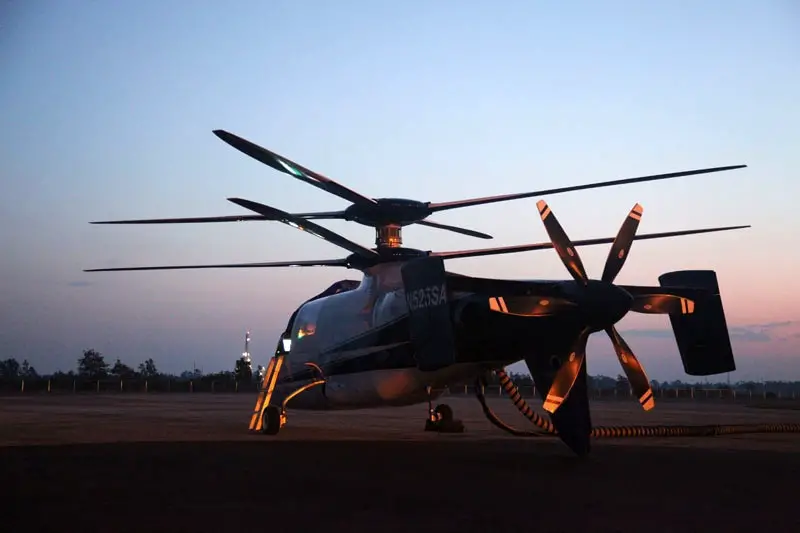Helicopters are designed for speed and efficiency. Aeronautics engineers spend years perfecting blueprints to make helicopters faster and more efficient.
Helicopters are essential pieces of equipment for search and rescue, emergency supplies transport, and even fighting forest fires.
Military forces across the globe use them for reconnaissance, transport, and more.
Most of the fastest helicopters in the world are military helicopters. Speed is of the essence in the fast-paced world of modern warfare, and the world’s armies are constantly funding efforts to try to make faster helicopters.
Using the criteria of kilometers per hour traveled, we will be discussing the top 10 fastest helicopters in the world:
10. Kamov Ka-52
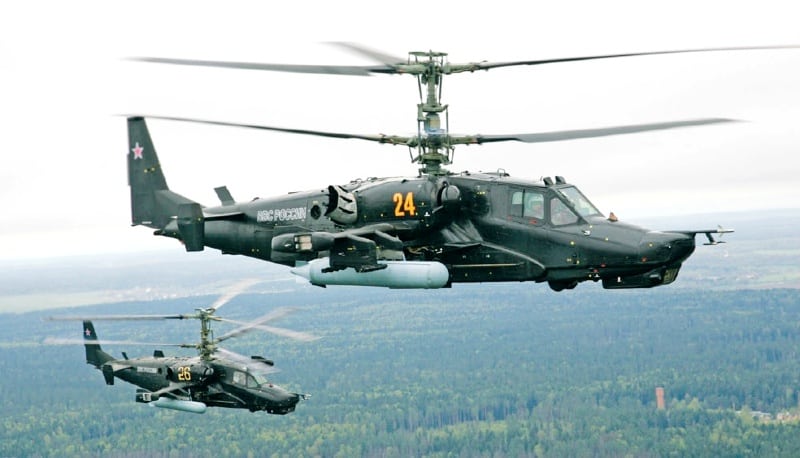
- Top speed: 310 km/h
The Kamov Ka-52 Alligator is a formidable all-weather attack helicopter utilized by the Russian Air Force.
Developed by the Kamov Design Bureau, this twin-seater aircraft is a variant of the Ka-50 Attack Helicopter.
The Ka-52 is powered by two VK-2500 turboshaft engines, each generating 1.863kW (TV3-117VMA-SB3).
With a maximum speed of 310 km/h, it operates at impressive cruising and lateral velocities of 250 km/h and 80 km/h, respectively.
The maximum takeoff weight reaches 10,800 kg, allowing the helicopter to ascend up to 3,600 meters at a rate of 10 m/s.
9. AgustaWestland AW139
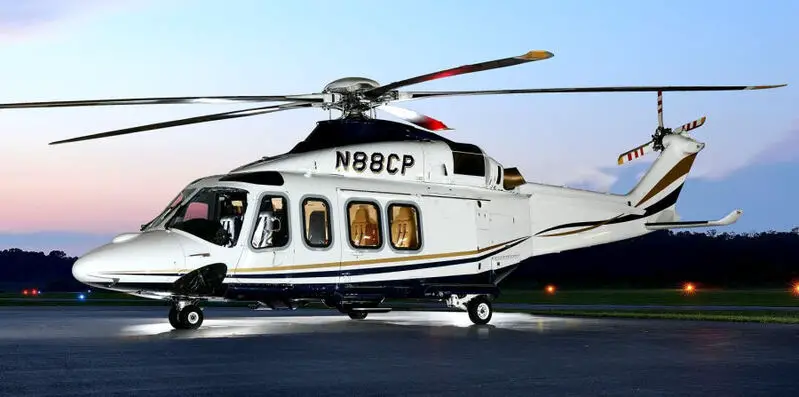
- Top speed: 310 km/h
The AgustaWestland AW139, developed by the joint venture of Bell Agusta Aerospace and AgustaWestland, is a medium-sized twin-turbine helicopter.
Renowned for its versatility, the AW139 serves various roles, such as VIP/corporate transport, offshore transport, firefighting, law enforcement, search and rescue, emergency medical services, disaster relief, and maritime patrol.
Equipped with two PT6C-67C engines from Pratt and Whitney, this helicopter excels in speed, comfort, and overall performance.
The FADEC system optimizes safety by providing easy access to critical systems and effectively addressing engine failure.
8. AgustaWestland AW101
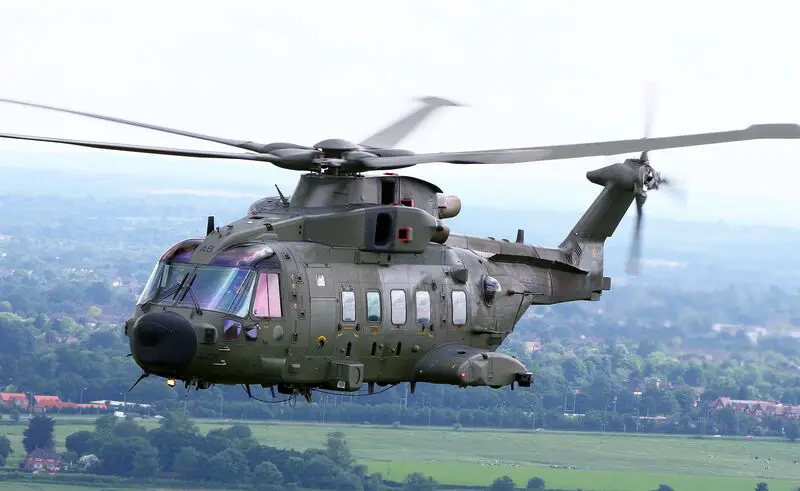
- Top speed: 309 km/h
The AgustaWestland AW101 is a medium helicopter extensively used in both military and civilian applications.
Three turboshaft engines propel this robust aircraft. While initially powered by the Rolls-Royce Turbomeca RTM322 and General Electric CT7 engines, the newer CT7-8E engines have been exclusively sold since 2020.
With a fully loaded range of 1,389 km and a maximum altitude of 4,575 m, the AW101 possesses remarkable endurance, capable of flying for six hours.
Its maximum speed reaches 281 km/h, covering a range of 780 km at this velocity.
7. Mil Mi-24
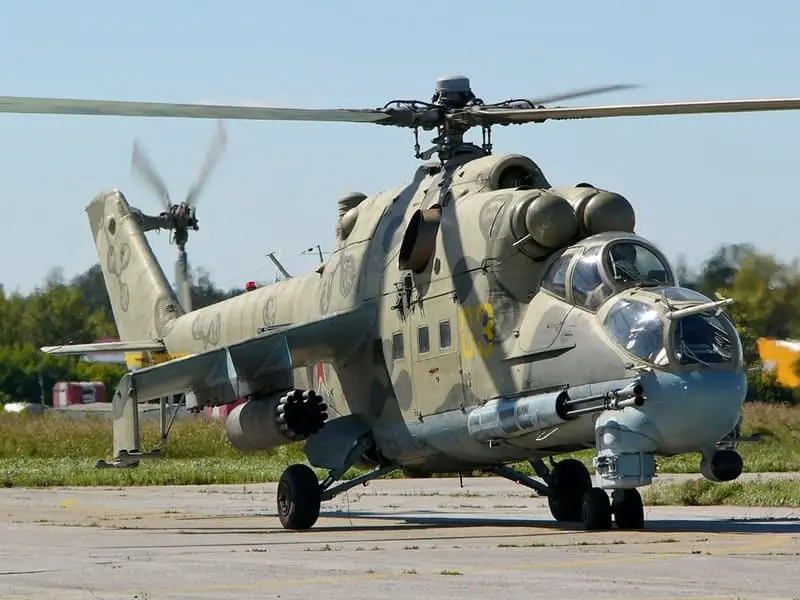
- Top speed: 335 km/h
The Mil Mi-24 is a large helicopter gunship, helicopter, and low-capacity troop transporter capable of accommodating up to eight passengers.
Powered by two 1,638 kW TV3-117 engines, the Mi-24 has garnered significant attention.
The streamlined airframe, equipped with retractable tricycle landing gear, minimizes drag, while the wings provide substantial lift at high speeds.
To counterbalance the translating tendency at a hover, the main rotor is tilted 2.5° to the right from the fuselage.
The closest Western equivalent to the Mi-24 is the Sikorsky S-67 Blackhawk, which shares many of the same concepts and is designed for high-speed, agile troop transport, utilizing components from the existing Sikorsky S-61.
6. AgustaWestland AW159 Wildcat
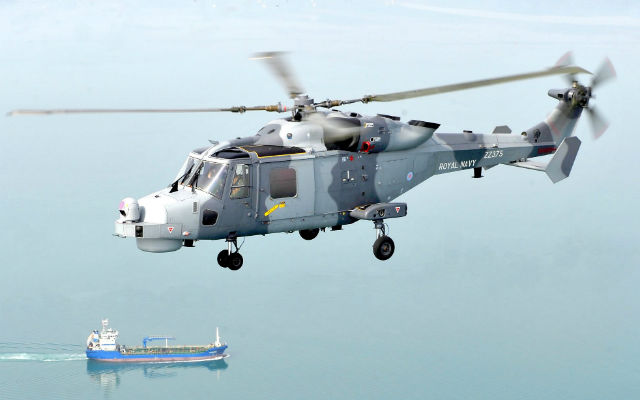
- Top speed: 311 km/h
AgustaWestland AW159 Future Lynx is new maritime surveillance and attack helicopter by the British Royal Navy.
The Westland Super-Lynx is an improved version designed to serve anti-surface warfare, search, and rescue roles.
The Royal Navy and British Army, having replaced their Lynx predecessors Mk.7/8/9, operate common variants.
Future Lynx’s engines are the same as those on the Super Lynx 300 from LHTEC CTS800.
On current navy Lynx helicopters, both CTS800 engines, each rated at 1,015 kW (1,361shp), have 36% more power, have 36% more power than the Gem engines.
5. Boeing CH-47 Chinook
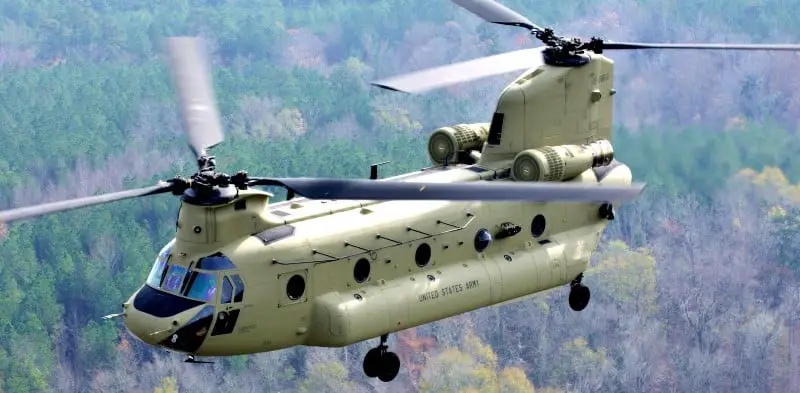
- Top speed: 357 km/h
The Boeing CH-47D Chinook helicopter boasts remarkable versatility, capable of transporting troops, artillery, supplies, and equipment to the field for a wide range of applications.
From medical evacuation to disaster relief, search and rescue to heavy construction, the CH-47D Chinook has proven its worth.
With a top speed of 357 km/h, it was one of the fastest helicopters in the US inventory upon its introduction in 1962, surpassing its contemporaries from the 1960s.
4. Sikorsky UH-60 Black Hawk
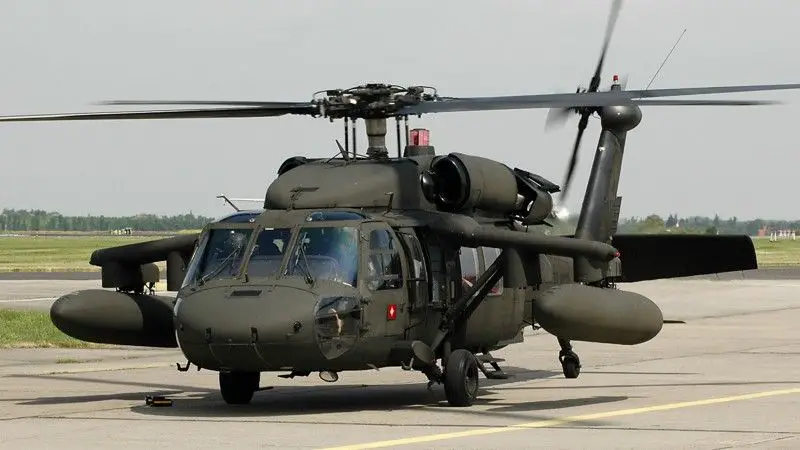
- Top speed: 357 km/h
The UH-60M, the latest iteration of the Black Hawk family, stands as a multi-mission helicopter designed by Sikorsky and extensively used by the US Army since 1978.
The export version of the UH-60 Black Hawk is referred to as the S-70A.
Renowned for its reliability and adaptability, the UH-60 Black Hawk has proven its worth in various missions.
With continuous advancements, it remains a prominent player in the fast helicopter domain.
3. Westland Lynx
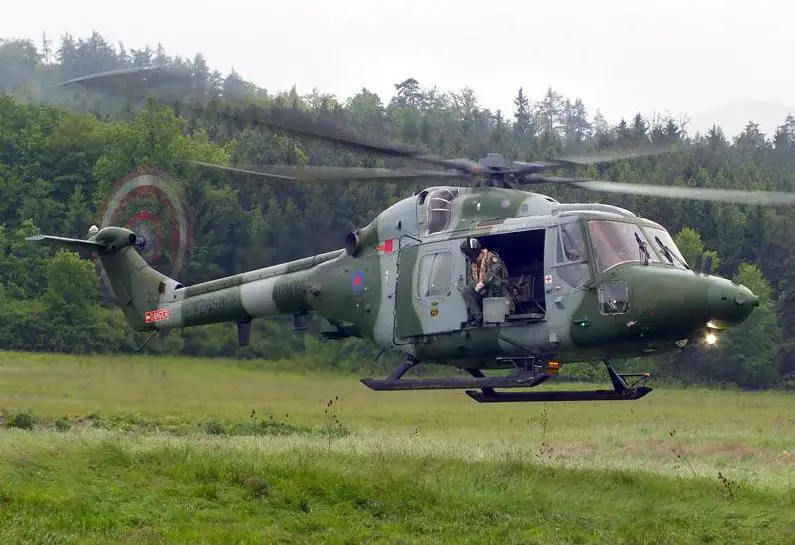
- Top speed: 401 km/h
Westland Lynx is a twin-engine British military helicopter designed and built at its factory in Yeovil by Westland Helicopters.
Originally intended as a civil and naval utility, the development of both battlefield and maritime versions has led to an increase in military interest.
The Lynx was used in 1977 and was subsequently accepted by the armies of over a dozen countries and mainly served in the battlefield, anti-armor, search and rescue functions, and anti-submarine warfare roles.
The Lynx can perform loops and rolls in a fully aerobatic style.
2. Eurocopter X³
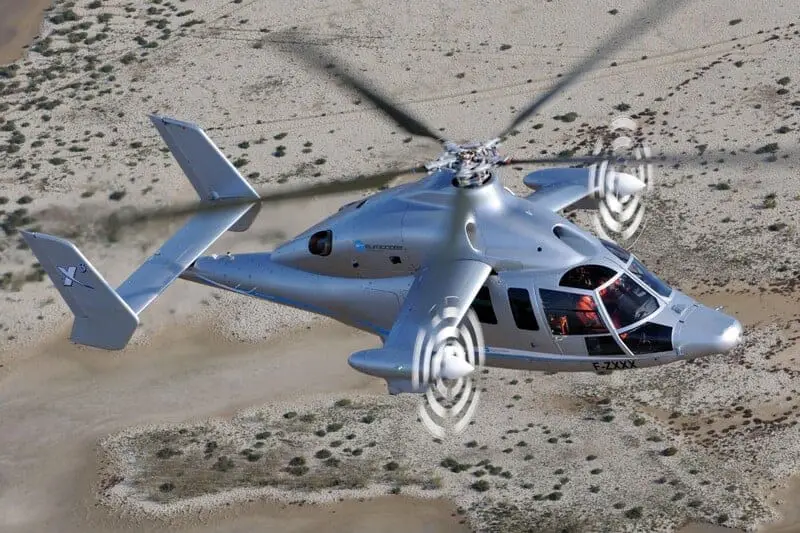
- Top speed: 472 km/h
Designed by Airbus Helicopters, formerly known as Eurocopter, the Eurocopter X³ serves as an experimental high-speed helicopter.
On June 7, 2013, it achieved a speed record for helicopters by reaching 255 knots (472 km/h; 293 mph) in level flight.
The X³ employs a configuration based on two RTM 322 turboshaft engines, powering a five-blade main rotor with two propellers on a fixed short span.
This cutting-edge design combines the power and potential for growth found in this engine family.
The RTM 322, which propels the X³, is derived from the NH90’s RTM 322 and incorporates a FADEC system tailored to the high-speed requirements of this groundbreaking demonstrator.
1. Sikorsky X2
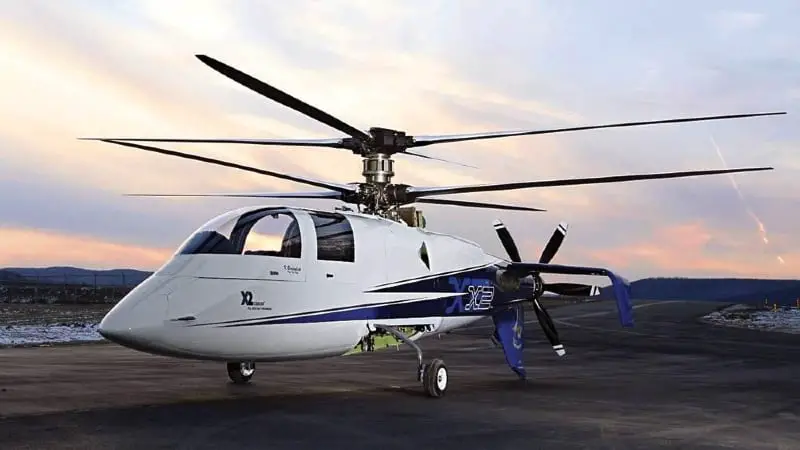
- Top speed: 481 km/h
The Sikorsky X2 now holds the fastest helicopter worldwide record.
In 2010, when the demonstrator model reached 287 miles per hour, the helicopter set its first unofficial record. Since production, the chopper has achieved faster speeds.
The Demo is designed to combine helicopters with high-altitude hover performance, high-speed maneuverability, and cruise speed capability with helicopter operational strengths such as hover efficiency, low-speed maneuverability, and autorotation capability.
The high-speed helicopter fulfills design requirements in the areas of aerodynamic performance, flying qualities, acoustics, and vibration.
It has achieved the true top speed of 250 knots as a fully instrumented aircraft.
Development:
A “retreating blade stall” on conventional helicopters leads to lift loss on one side of the rotor and limits forward speed.
The X2, with the coaxial rotors stacked above each other, solved this problem.
Blades stall at the same time and counteract each other’s movements.
This solution is made useful by innovations such as active vibration control, fly-by-wire flight controls, rigid rotor blades, low-drag hub fairings, and an integrated propeller drive system to prevent excessive vibration and drag.
These top 10 helicopters showcase remarkable achievements in rotorcraft engineering, speed, and versatility.
From military applications to civilian roles, each helicopter has its unique features and contributions to aviation.
Whether it’s the speed of the Sikorsky X2 or the versatility of the Boeing CH-47 Chinook, these helicopters demonstrate continuous advancement and innovation in helicopter design and technology.
As we look to the future, it is exciting to envision what further developments will emerge in this fascinating aviation domain.
